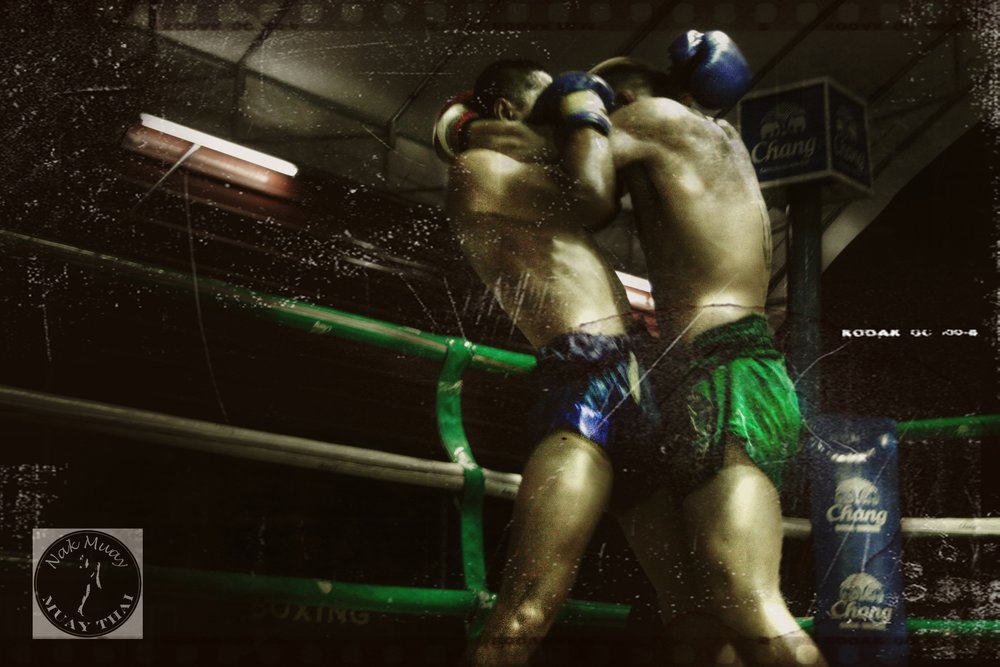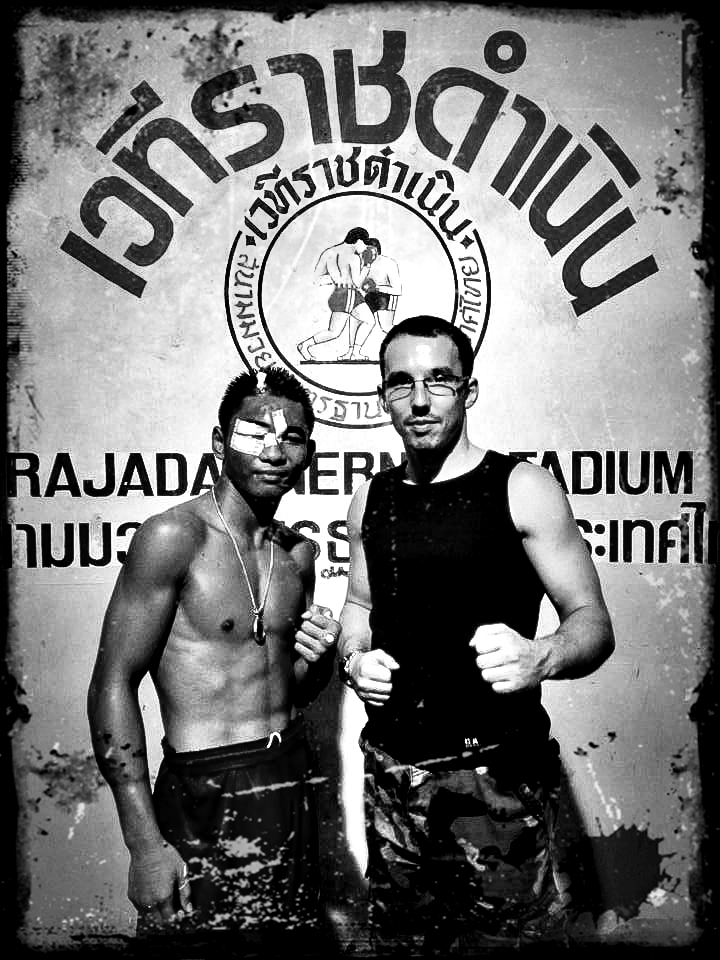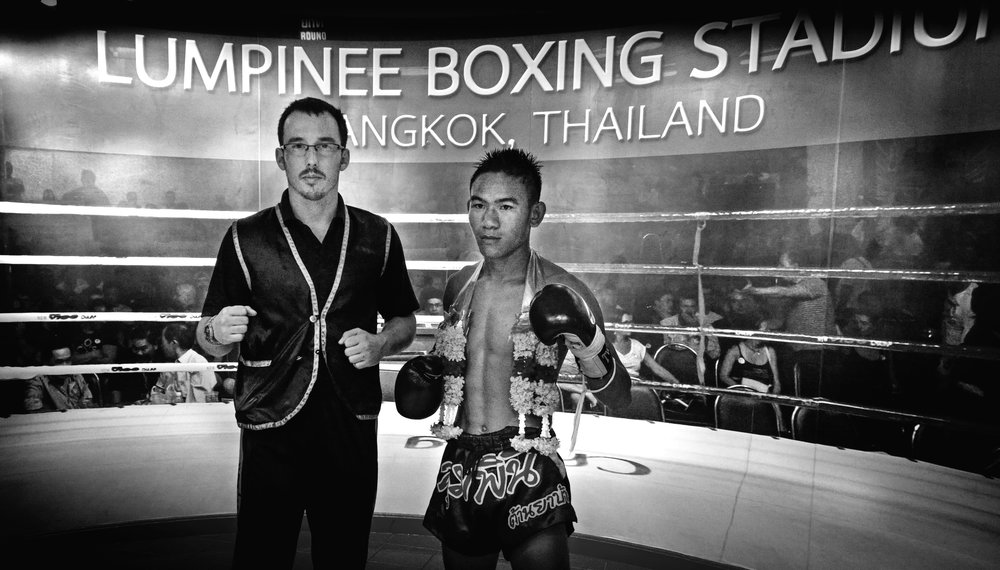What is Muay Thai?

Commonly known as “the Science of Eight Limbs”, Muay Thai is a cultural martial art and the national sport of Thailand. It’s a form of close-combat that dates back hundreds of years, using eight points of contact to mimic weapons of war. Utilizing a variety of strikes – such as punches, kicks, elbows, and knees – each limb imitates specific artillery that was used during historical battles. The hands emulate the actions of a sword and dagger; the shins and forearms, armour; the elbows, heavy maces or hammers; the legs and knees, axes and staffs. The body operates as one unit, delivering efficient and crippling assaults on an opponent.

In the early 13th Century, the first Thai army was created in the northern city of Sukhothai, Siam being its capital. The recorded history shows that a need to defend the capital city was spawned by many wars being fought between neighboring tribes and kingdoms. The Siamese army was created to protect the government and its inhabitants within the city and surrounding villages. Soldiers were taught hand-to-hand combat and how to use weapons, as well as how to use the entire body as a weapon. Their training is what eventually evolved into Muay Thai and Krabi Krabong. Learning the military arts, or “Muay Thai”, became engrained in the culture of the early Siamese people. With the constant threat of war, training centers slowly began to appear throughout the kingdom. These were the first Muay Thai camps. Young men practiced the art form for various reasons: self-defense, exercise, and discipline.
Muay Thai today is drastically different in both form and function than in eras past. It started changing after World War II, when foreign soldiers learned the practice while at war in Thailand. Fascinated by it, these foreigners asked Thai practitioners to teach them the essence of the sport. Subsequently, international interest flourished, and Muay Thai gained popularity in Western countries. As it migrated to different parts of the world, governing bodies began to form, establishing rules and regulations for the sport. Fight lengths began to be determined by duration and number of rounds, and most bouts started taking place within a ring. In Thailand, special Muay Thai stadiums (like Lumpinee and Rajadamnern) have been erected to accommodate the growing popularity of the sport in its home country. Global popularity is also increasing, as evidenced by Muay Thai’s recent acceptance as an Olympic sport. Despite the evolution of Muay Thai as a respectable martial art, the technique and essence of the sport have remained intact, with practitioners today still training for similar reasons to centuries passed: self-defense, exercise, and discipline.

